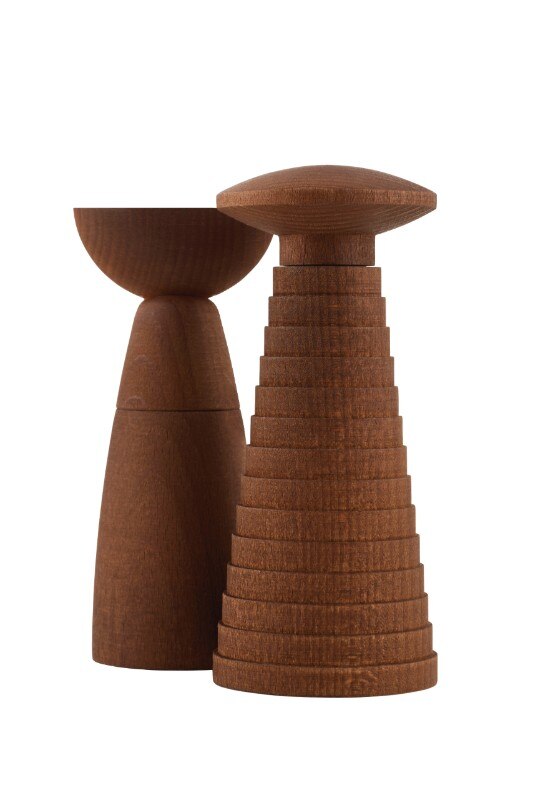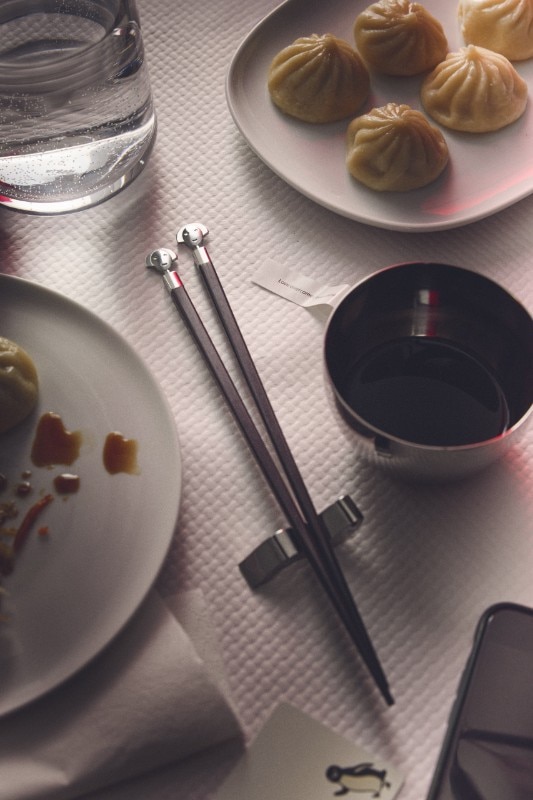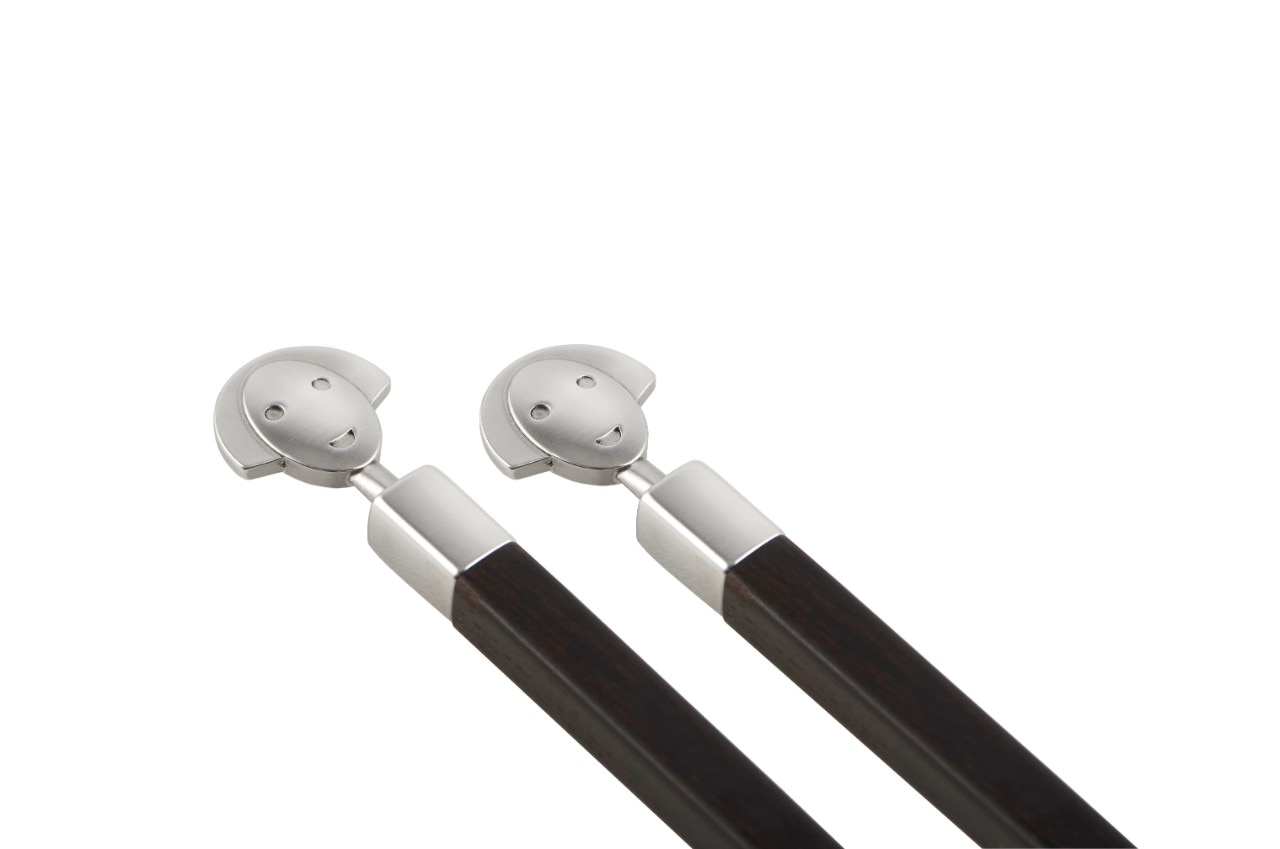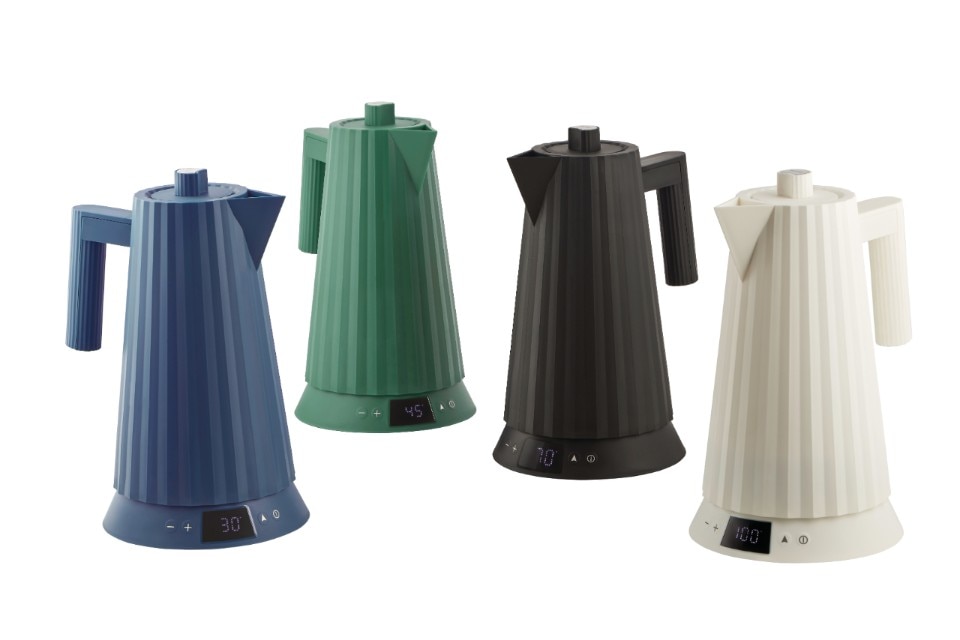The history of Italian design has often been intertwined with that of Alessi. Above all, it’s a story of icons and great masters, many of whom have passed through the company founded in 1921 in Omegna, Piedmont, where today the museum dedicated to the history of the many objects that have brought the highest level of design to everyone’s homes is located.
In a constant and always original proposal of new products, Alessi presented some of them at the Milan Home Fair. For the new, the company has chosen to draw on the “old”, that is to say on an infinite archive of designs, celebrating Italian genius through the re-edition of complements to the tea and coffee ritual.

The first novelty concerns Michele De Lucchi, the company’s historical signature. The Plissè collection of small kitchen appliances, designed by him, has been expanded to include Alessi's first temperature-controlled kettle and a new colour, a shade of blue. Although very young (they were launched in 2019), the objects, inspired by 1950s skirts, are a bestseller for Alessi. On the occasion of their launch, De Lucchi told Domus about the importance of this shape: “Objects do not only work when they work: in most cases they are objects that fill the domestic imagination. When we are not using them, it does not matter if the handle is large or easy to grip or not, what is much more important is its function as an object present in the environment, as a signifying object, as an object that communicates something beyond its function, which is its reason for existing in the world at that moment”.
Also by De Lucchi, from April, Yucatan and Oaxaca, salt and pepper grinders with a strong sculptural charge, two small totems in beech wood, reminiscent of Aztec poles.
Objects do not only work when they work: in most cases they are objects that fill the domestic imagination.
Michele De Lucchi on Domus, March 2021

Another great name associated with Alessi is Alessandro Mendini, who designed the iconic Anna G. corkscrew for the steel company, with its anthropomorphic shape as a tribute to his friend and designer Anna Gili. An ironic and perfectly post-modern object, revived in a project by the Milanese designer, kept in the Mendini studio and never before launched on the market: a pair of ebony chopsticks that culminate in the face of Anna and Alessandro, “poetic and sympathetic objects, refined and allegorical, but also endowed with simplicity, solidity and ease of use”.
Inextricably linked to the culture and tradition of the industry, Enzo Mari designed the Arran tray in 1961, which was reissued in 1997 and now, in 2025, for the second time, in a new version: in addition to the polished stainless steel version, two new iridescent finishes in shades of green and violet offer a new version in which the colours change according to the reflections and shades of the surrounding light. A new version of the Maya basket by Giulio Confalonieri is also available in the same materials.
They are poetic and sympathetic objects, refined and allegorical, but also simple, solid and easy to use.
Alessandro Mendini

The latest major innovation, an expression of Alessi's deep-rooted desire to indulge in the present without forgetting, but rather paying homage to, the past, is the induction version of La Cupola, an unforgettable design by Aldo Rossi, a small-scale piece of architecture, not for living in, but for the kitchen.
The full range will go on sale in March and the following months, adding a new chapter to the Alessi story.









